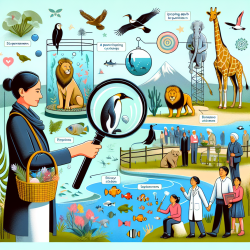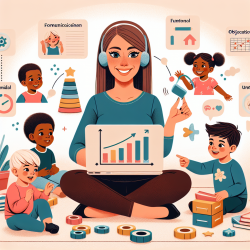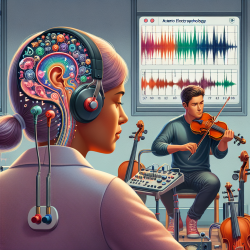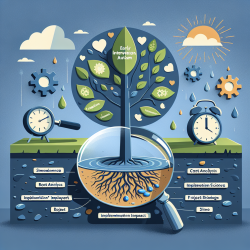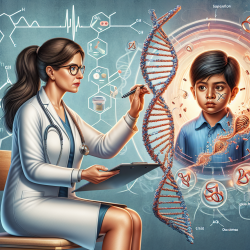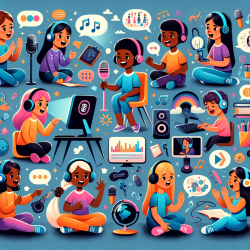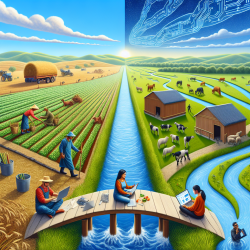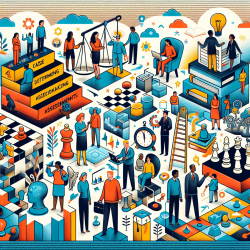Conservation Psychology is a fascinating field that bridges environmental conservation and behavioral sciences. It was pioneered by Dr. Carol Saunders at the Brookfield Zoo in Chicago. Her work has significantly influenced modern zoos and aquariums worldwide by emphasizing the importance of understanding human behavior to foster environmental outcomes.
The Legacy of Dr. Carol Saunders
Dr. Saunders' contributions to Conservation Psychology have reshaped the way zoos and aquariums operate. Her collaboration with George Rabb led to the development of "Rabb's Arrow," a concept that highlighted the evolving role of zoos as conservation centers. This idea encouraged institutions to focus on emotional connections, empathy for animals, and nature play.
Tangible Applications in Zoos and Aquariums
The impact of Conservation Psychology is evident in various programs and exhibits across zoos and aquariums:
- The Hamill Family Play Zoo: This innovative exhibit at Brookfield Zoo was designed around principles of Conservation Psychology, emphasizing childhood experiences with nature through free play.
- Visitor Studies: Conservation Psychology has influenced visitor studies by developing tools to measure perceptions, emotions, and values. This has helped zoos understand their role as agents for social change.
- Empathy for Animals: Research in this area explores how empathic responses during animal encounters can lead to proenvironmental behaviors.
The Importance of Networking and Professional Development
The development of professional networks has been crucial in advancing Conservation Psychology. The Association of Zoos and Aquariums (AZA) Social Science Research and Evaluation Scientific Advisory Group is one such network that promotes research methods across institutions.
The NatureStart© Professional Development program is another example, offering training that combines early childhood education with environmental education principles.
Future Directions
The field of Conservation Psychology continues to evolve, with promising areas for expansion including climate change education, social justice, and community engagement. As zoos and aquariums rebuild post-pandemic, they have an opportunity to emphasize their value as agents of social change.
If you're a practitioner looking to enhance your skills or explore further research in this field, consider diving deeper into Dr. Saunders' legacy. Her work provides a roadmap for creating impactful programs that foster empathy and environmental stewardship.
To read the original research paper, please follow this link: Conservation psychology and the legacy of Carol Saunders for zoo and aquarium programs, networks, practices, and exhibits.
